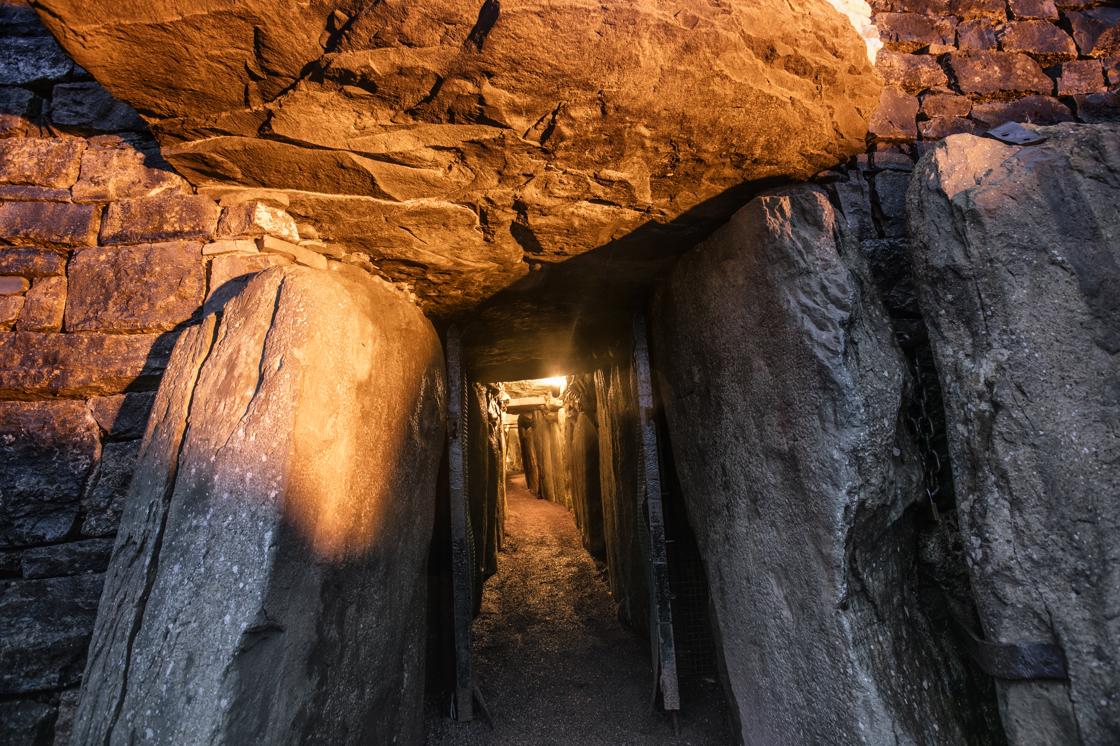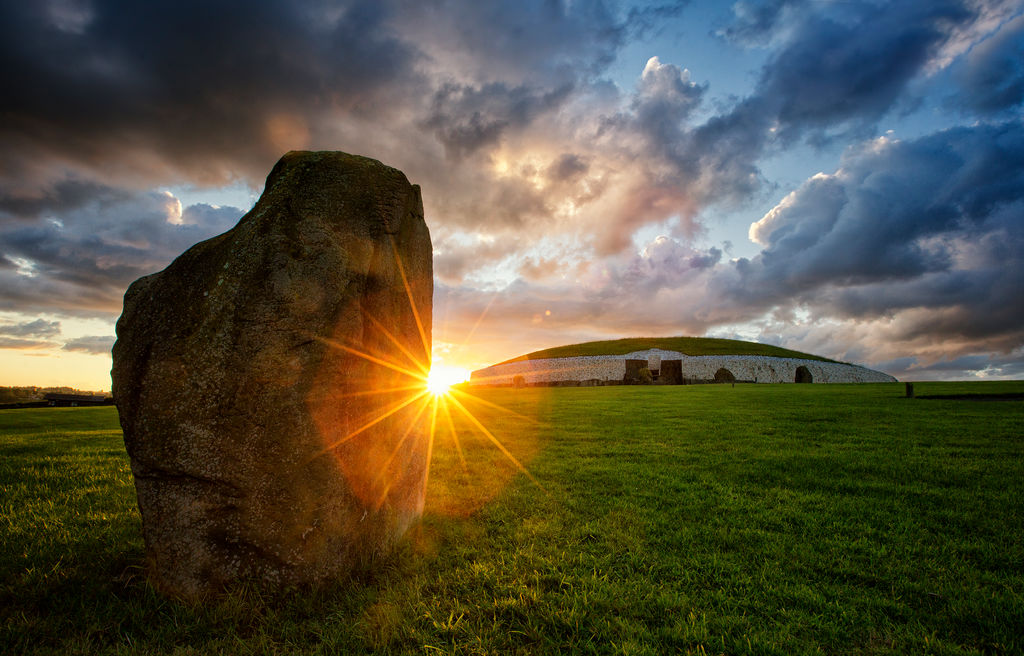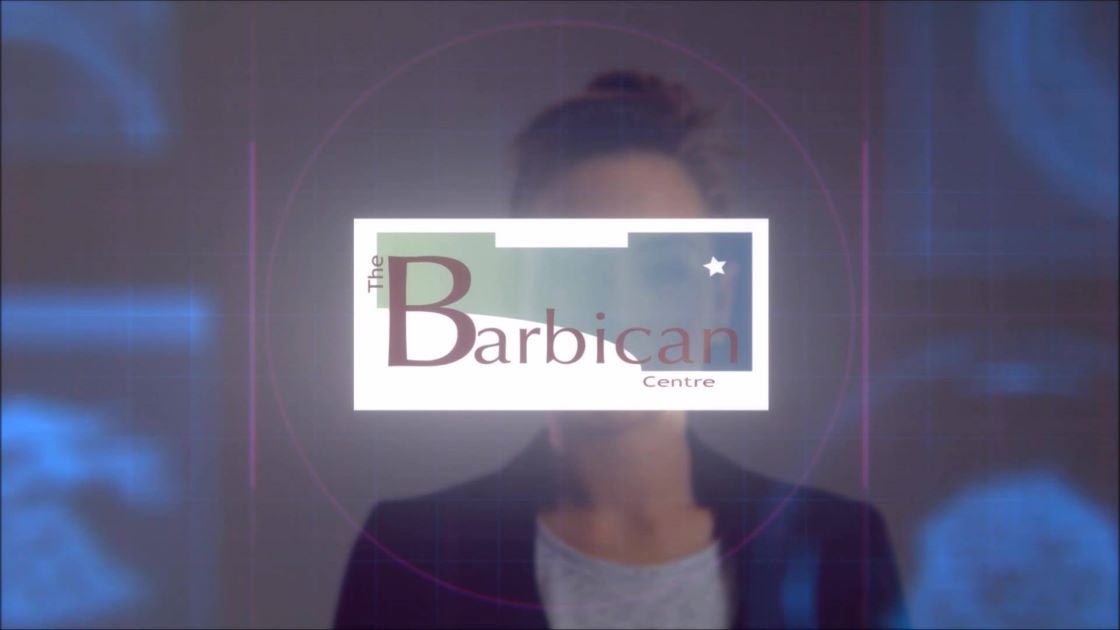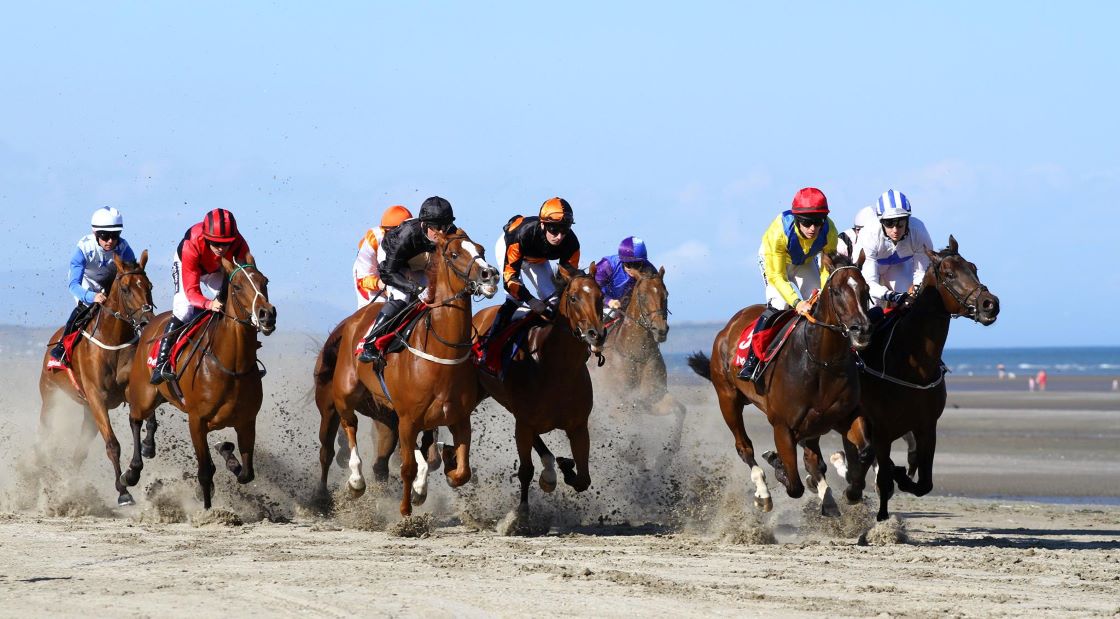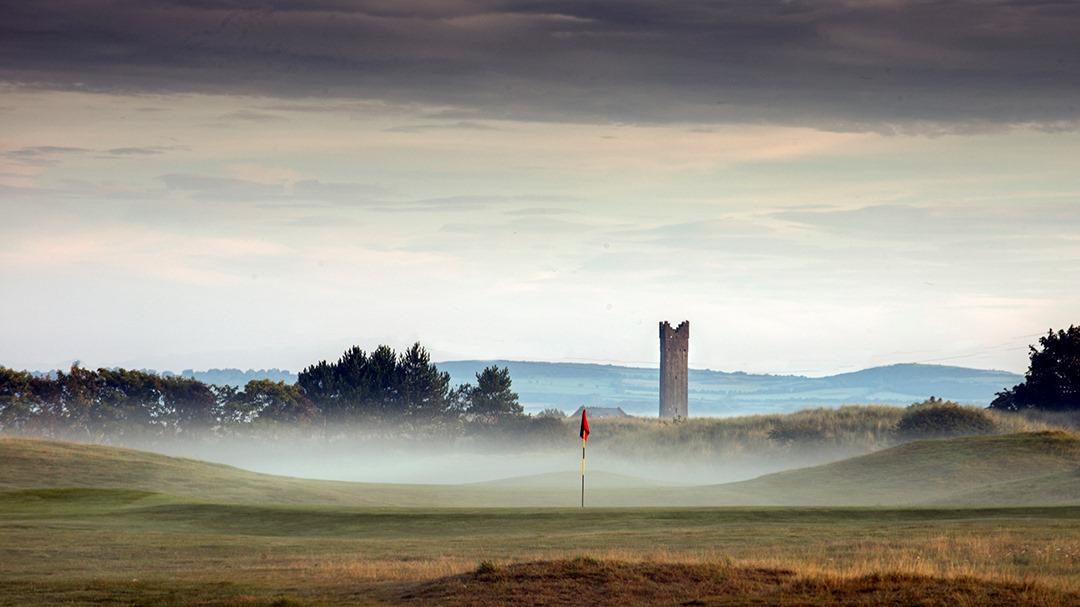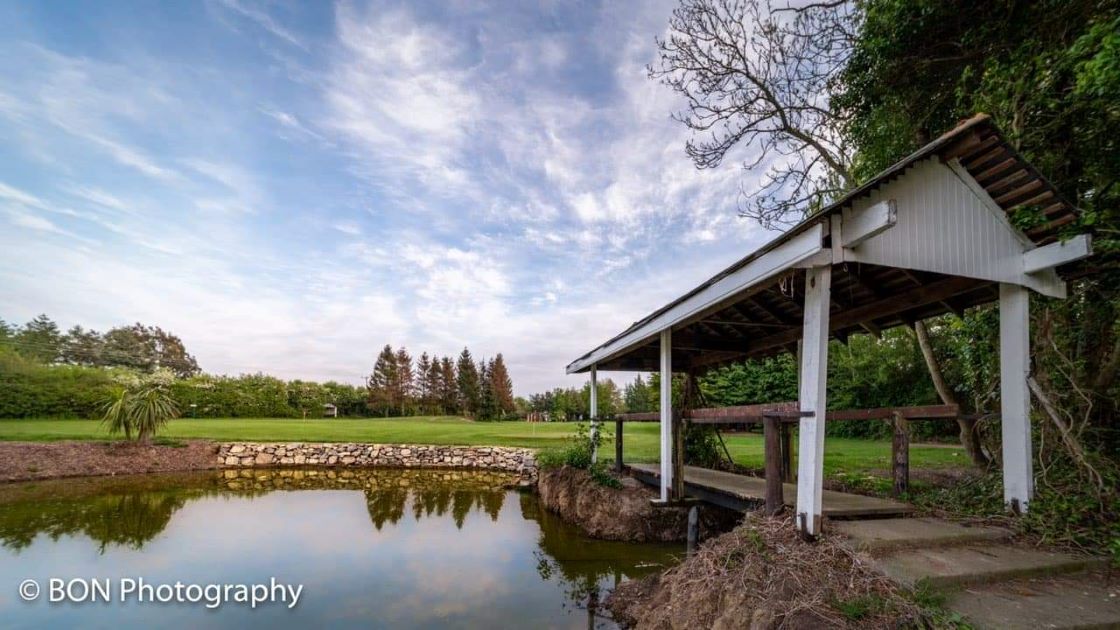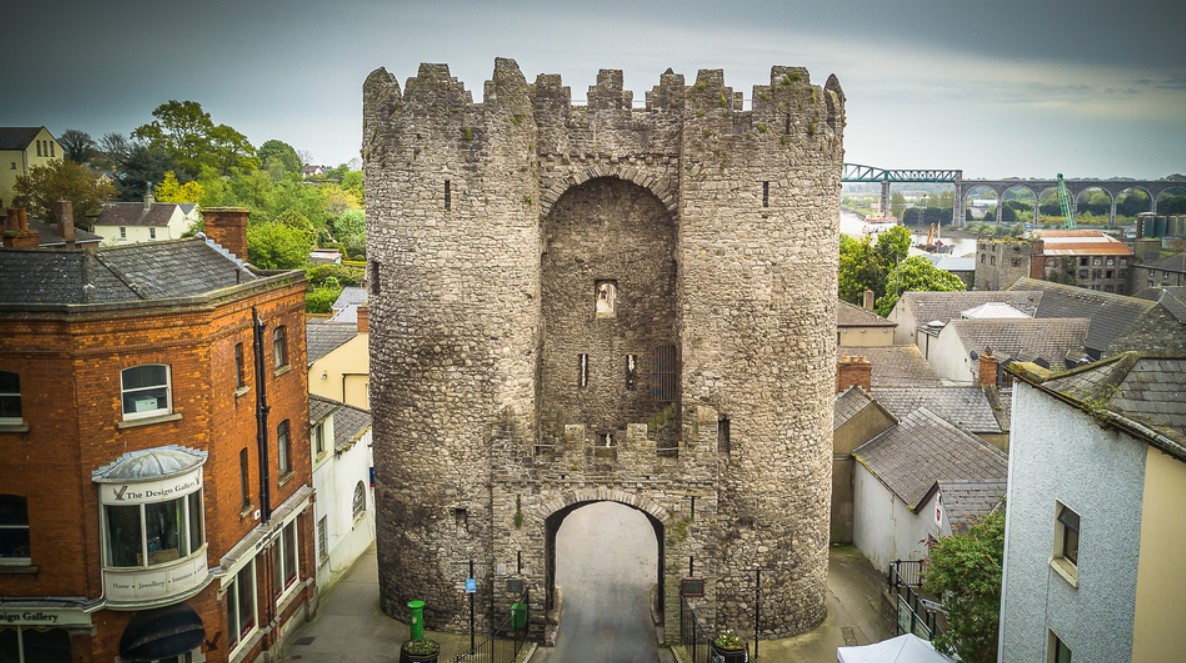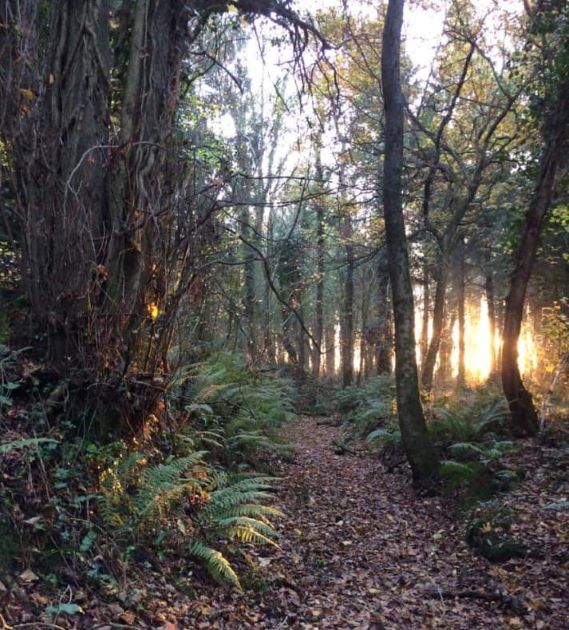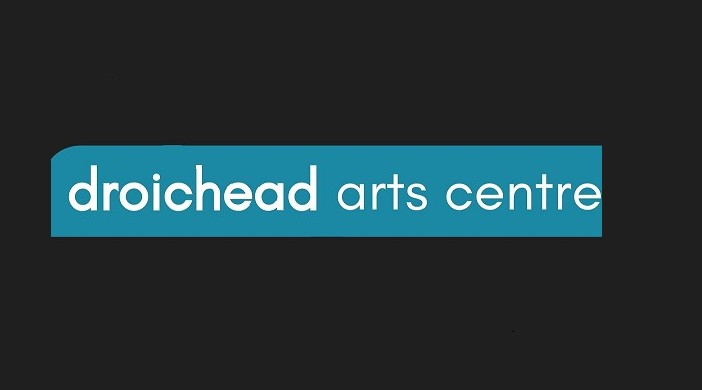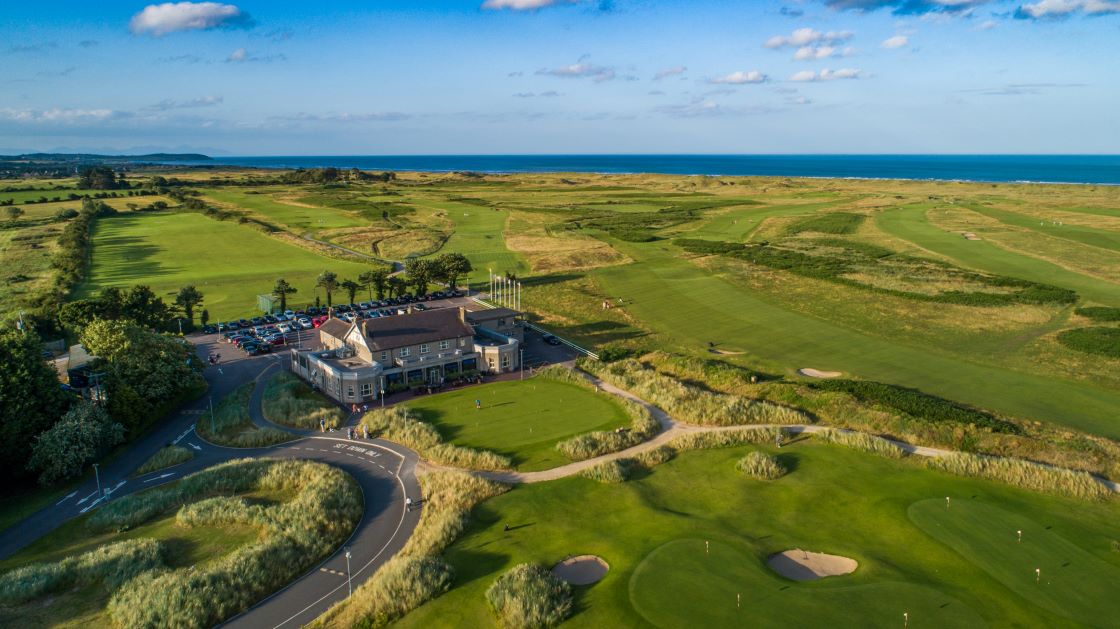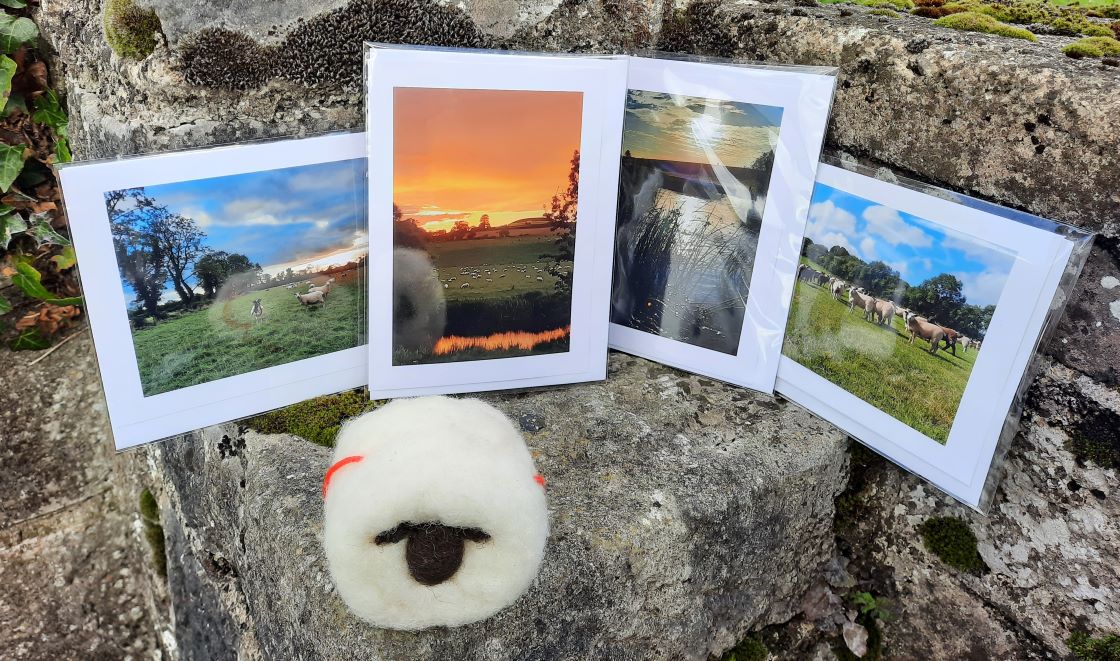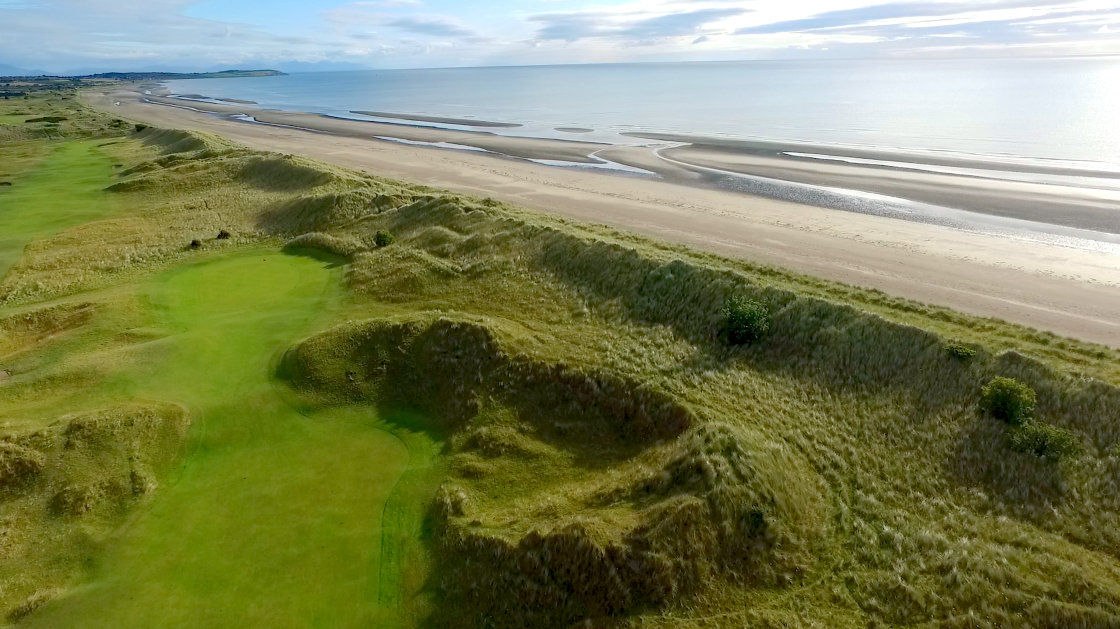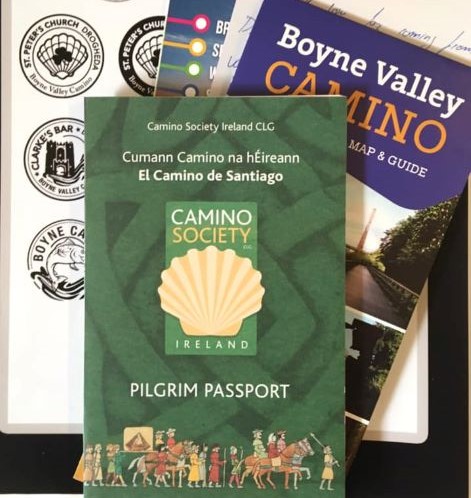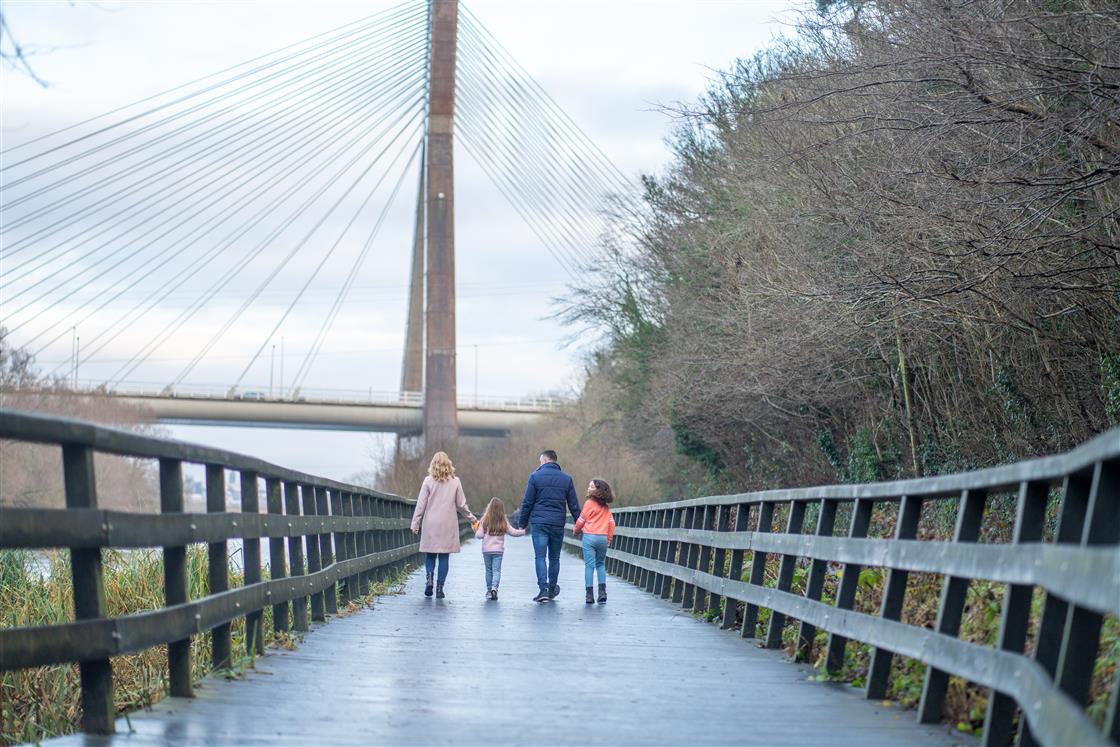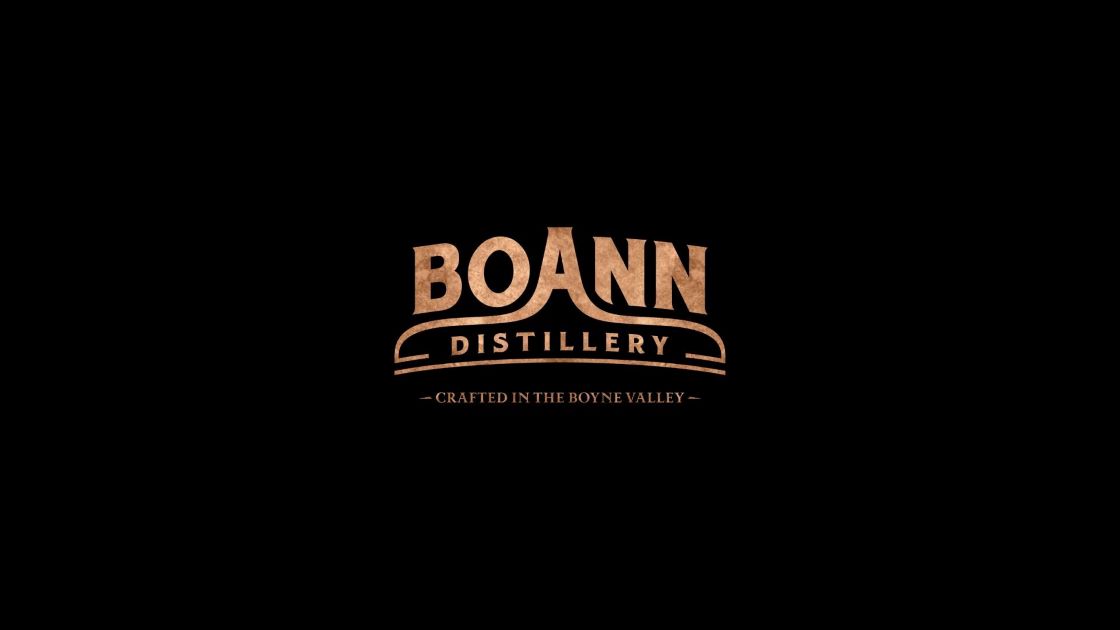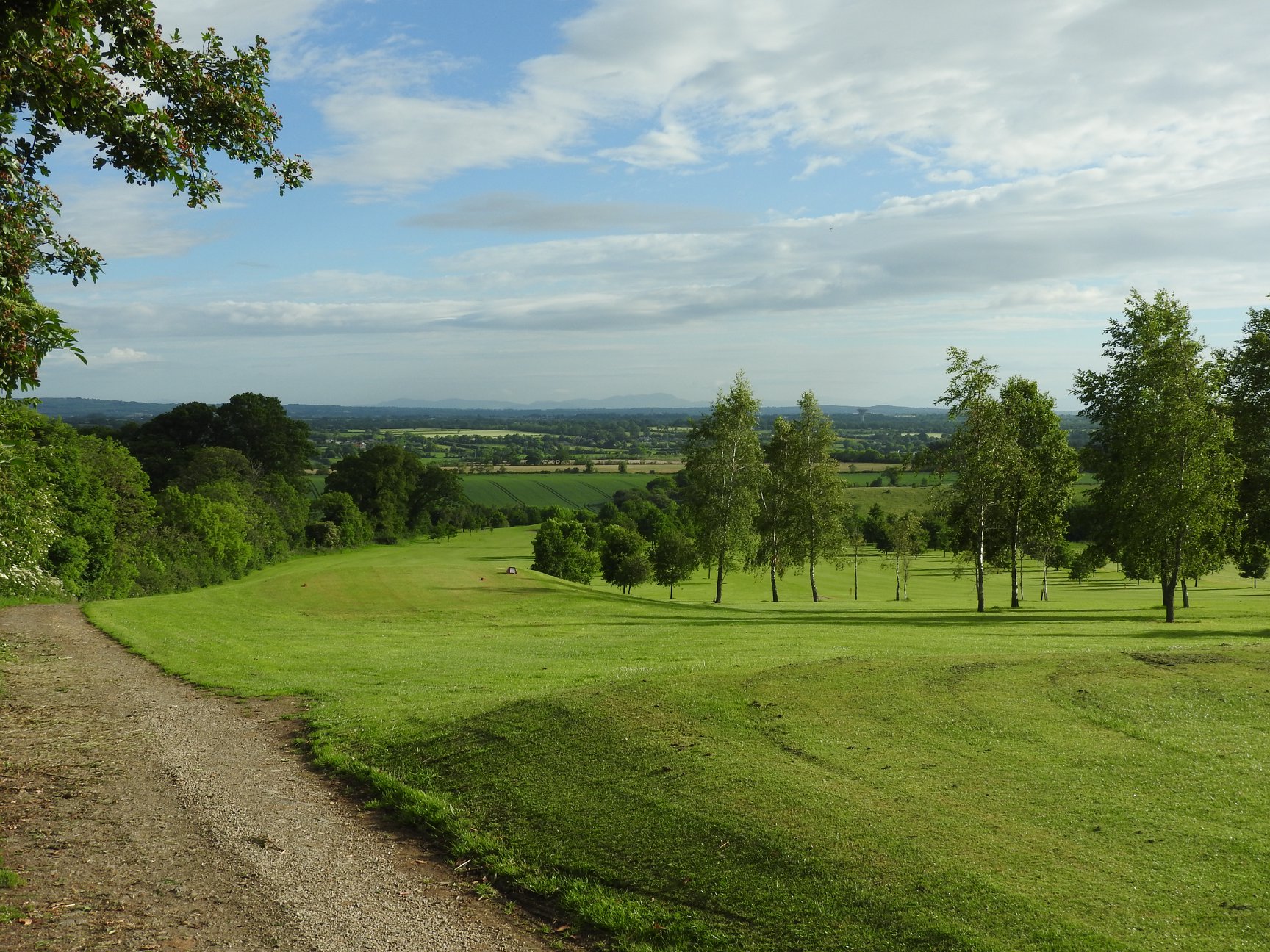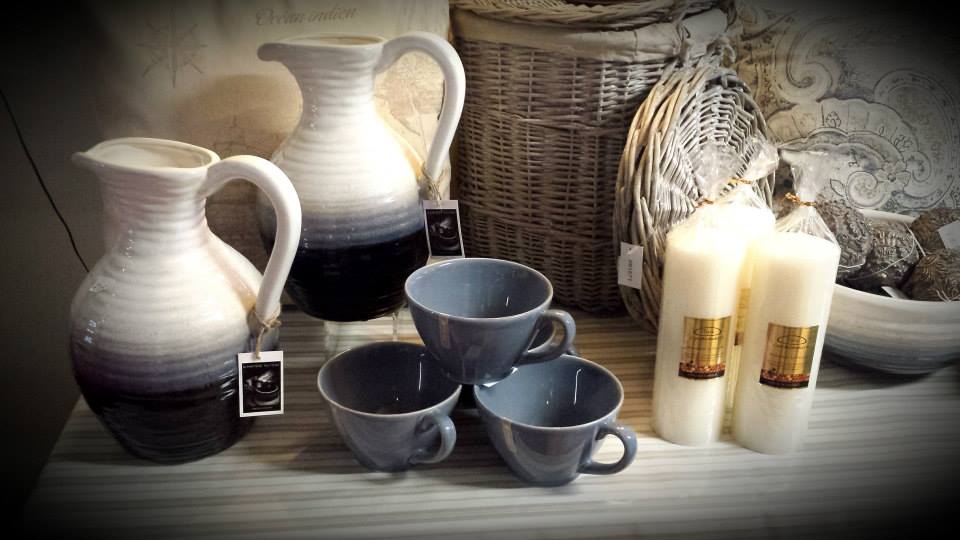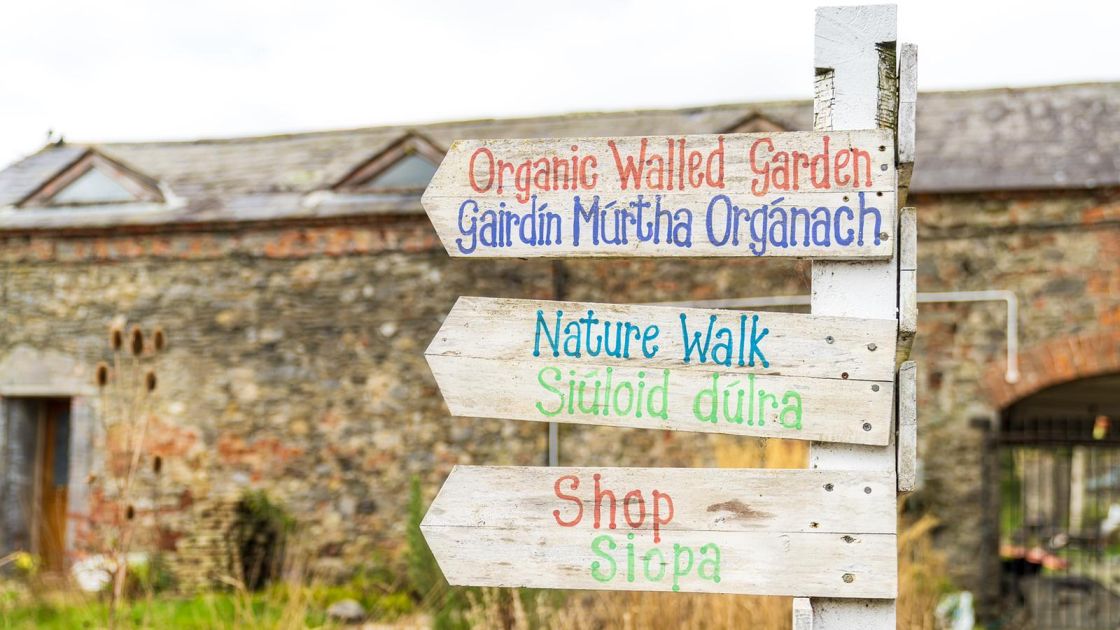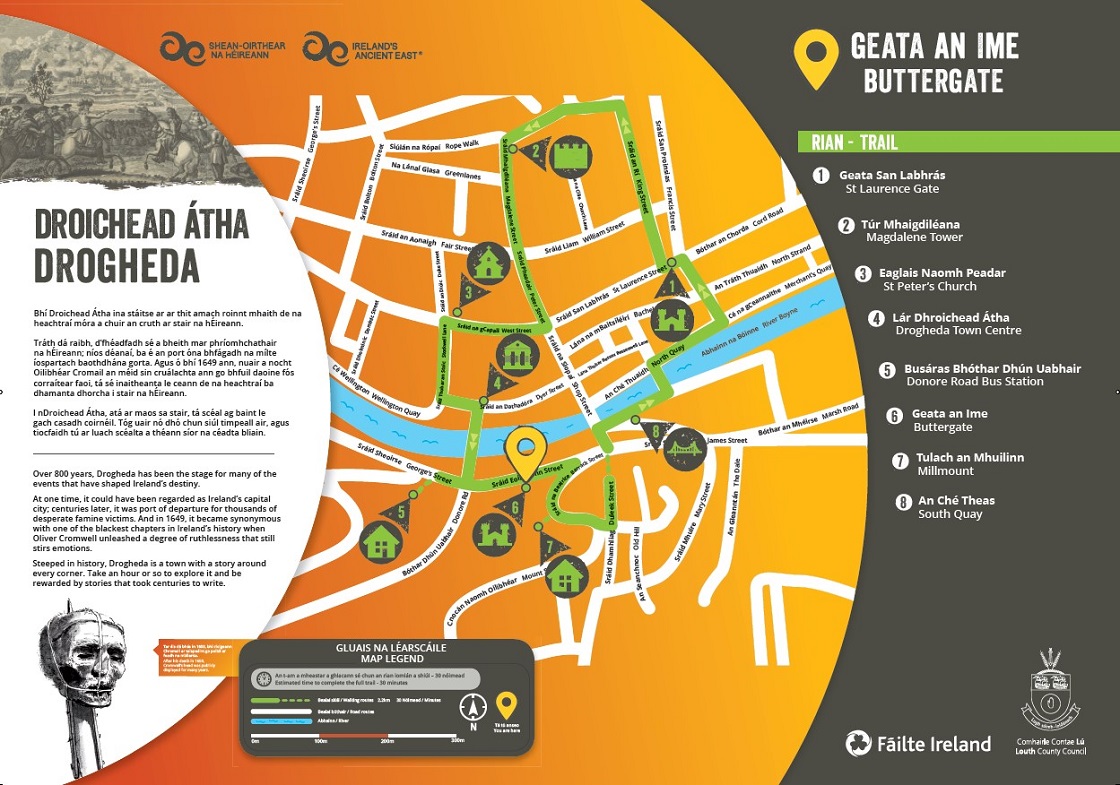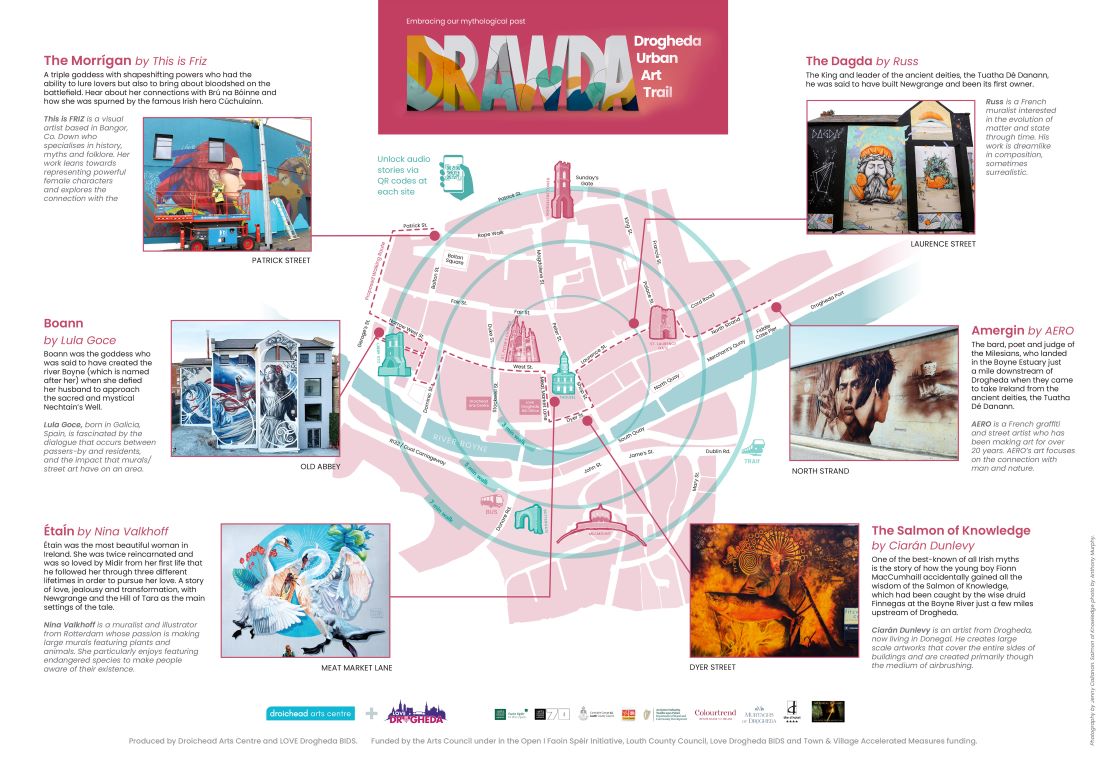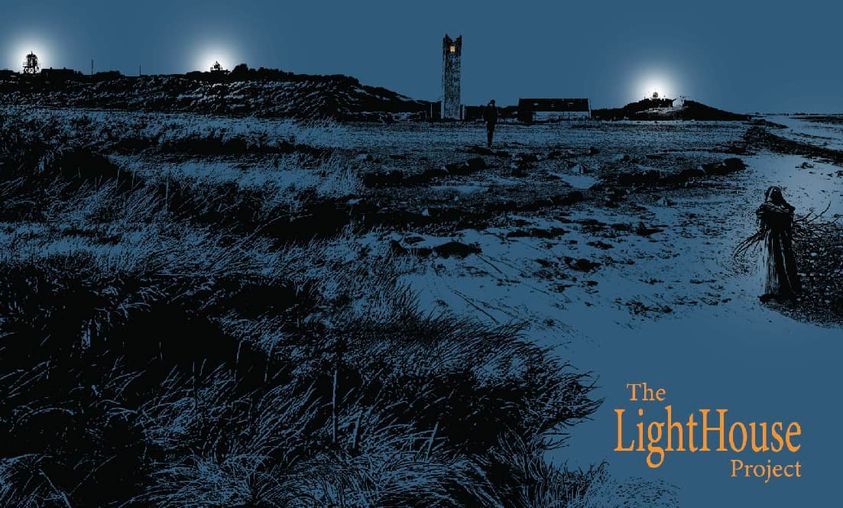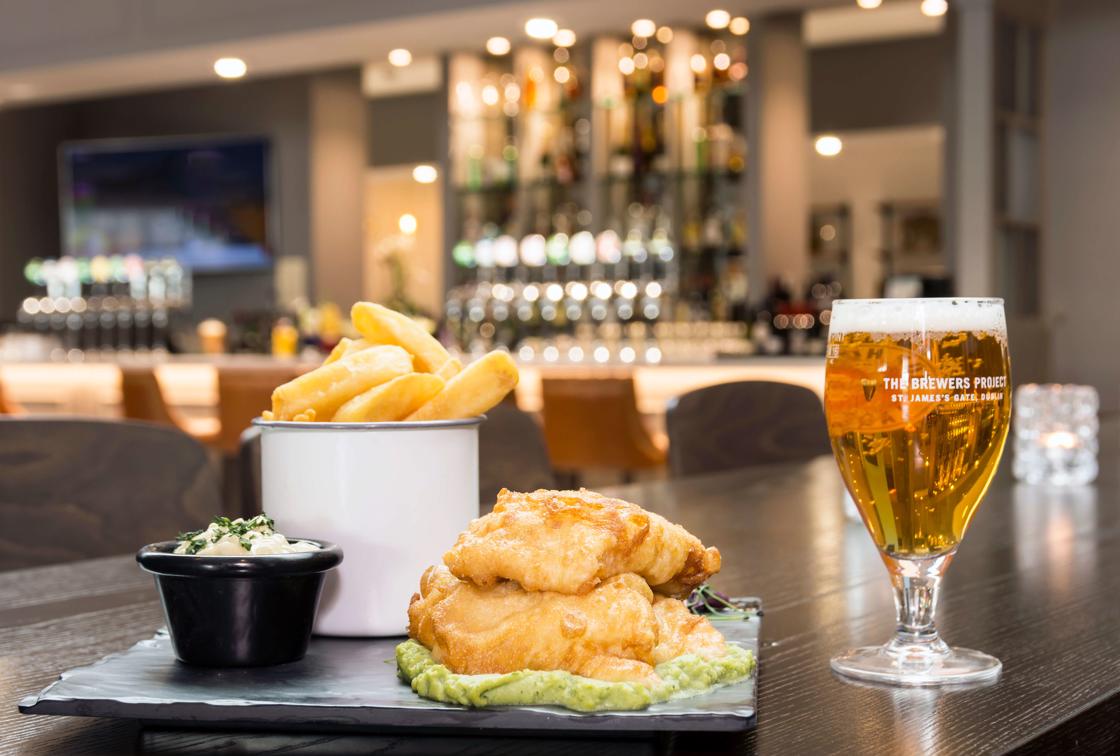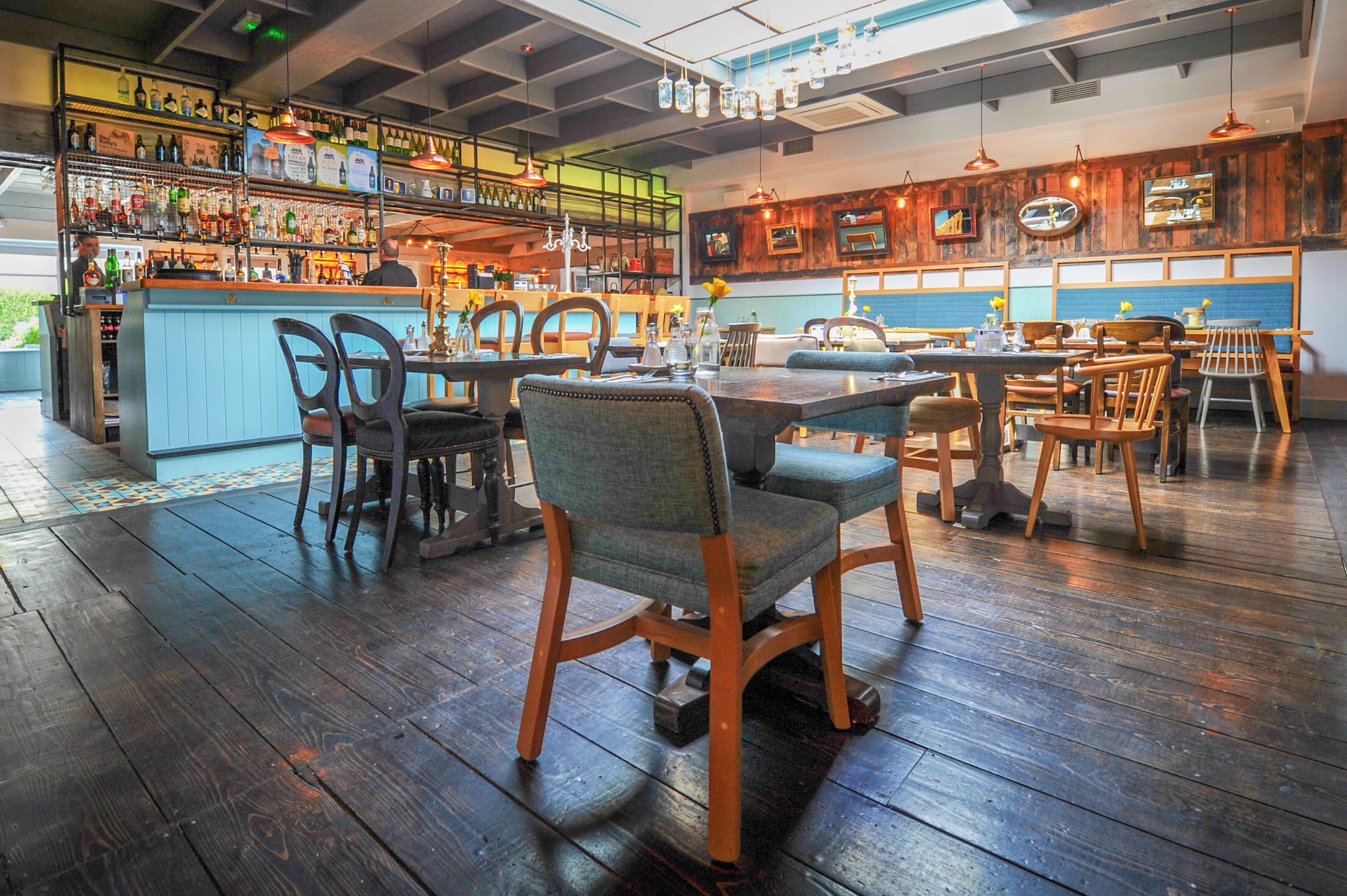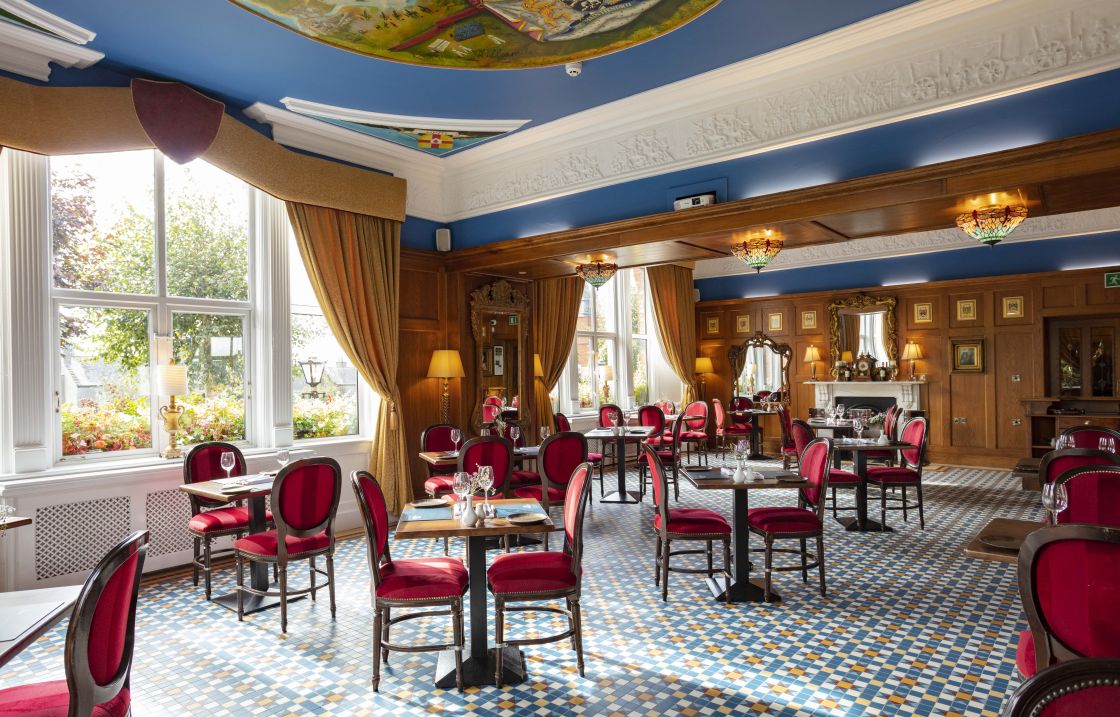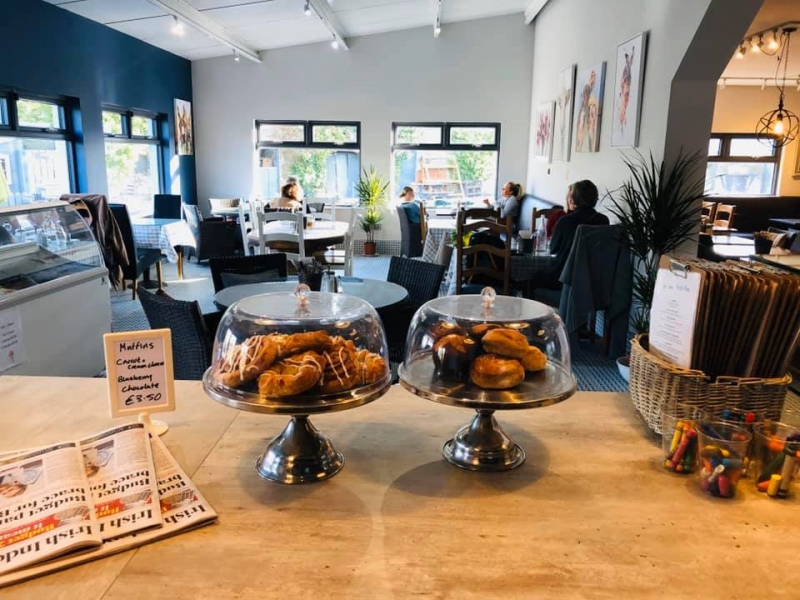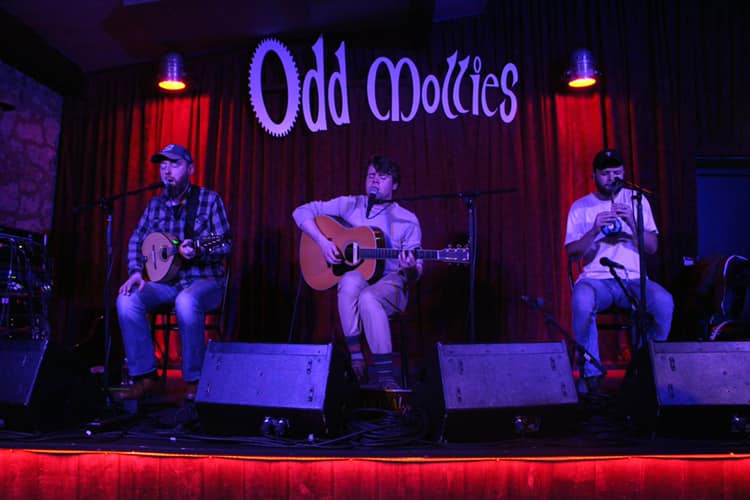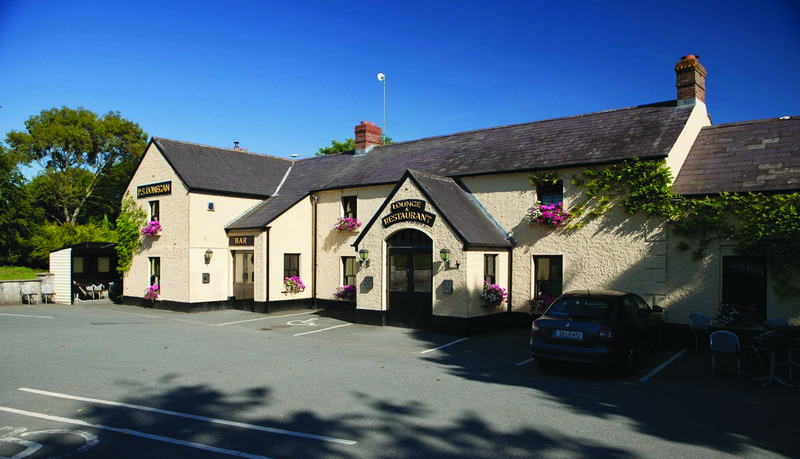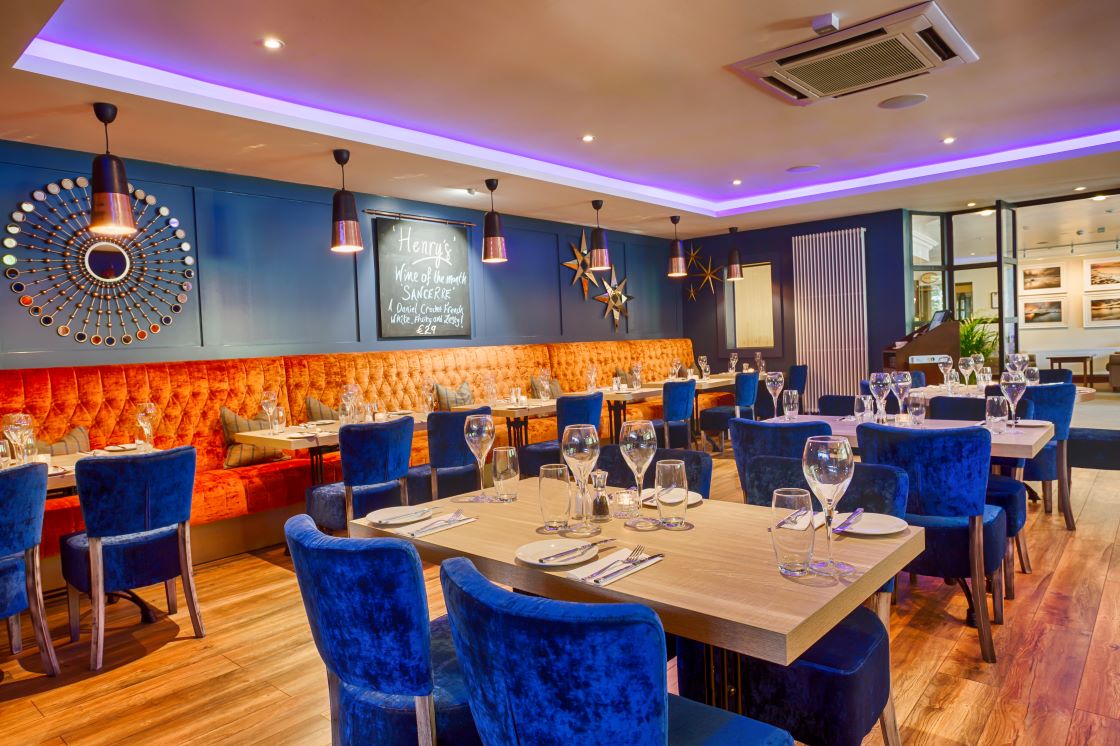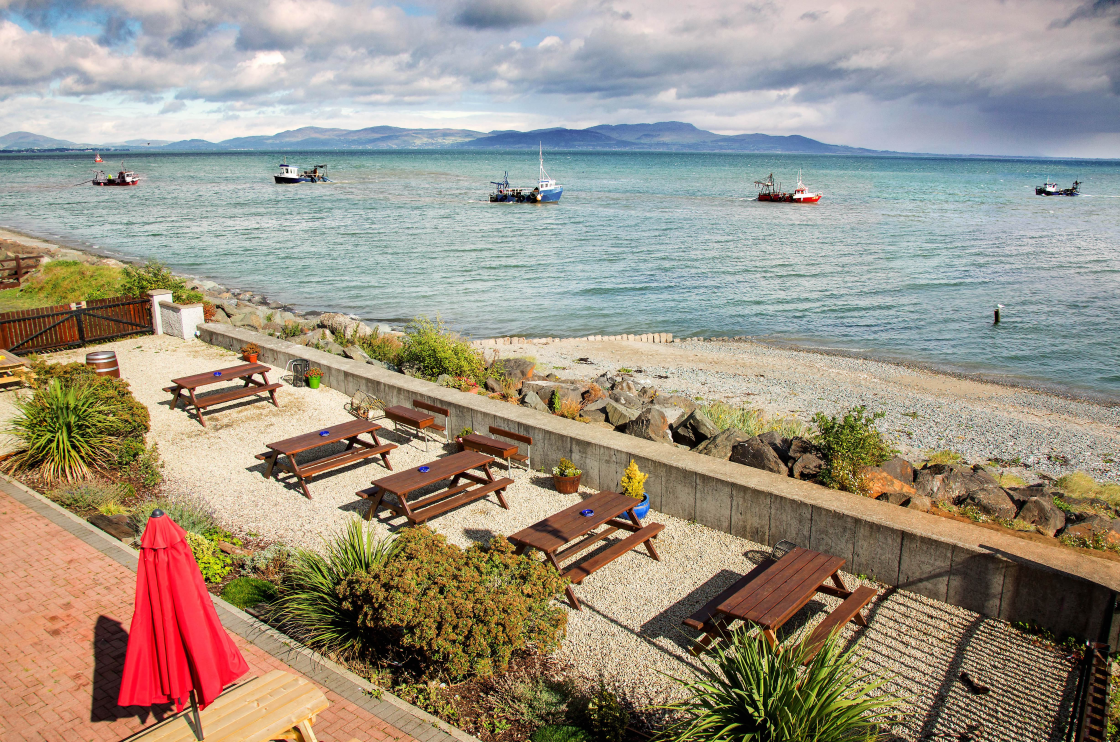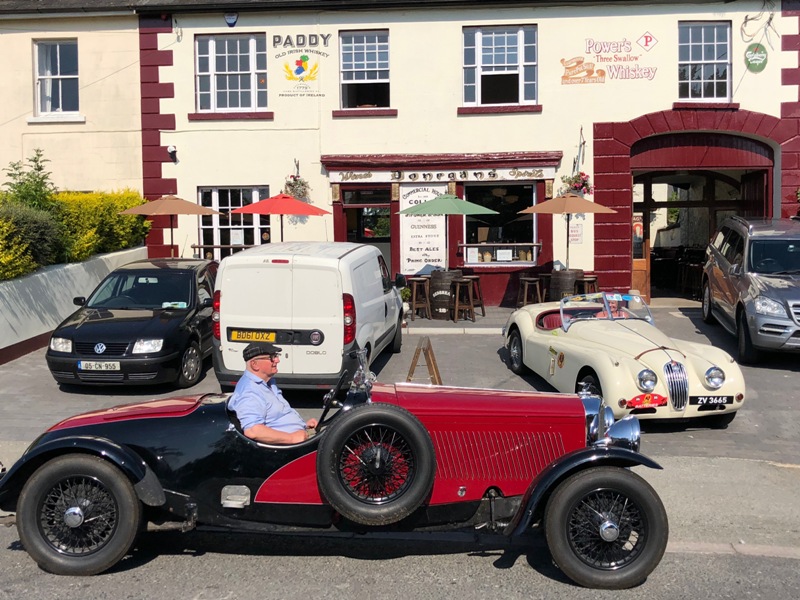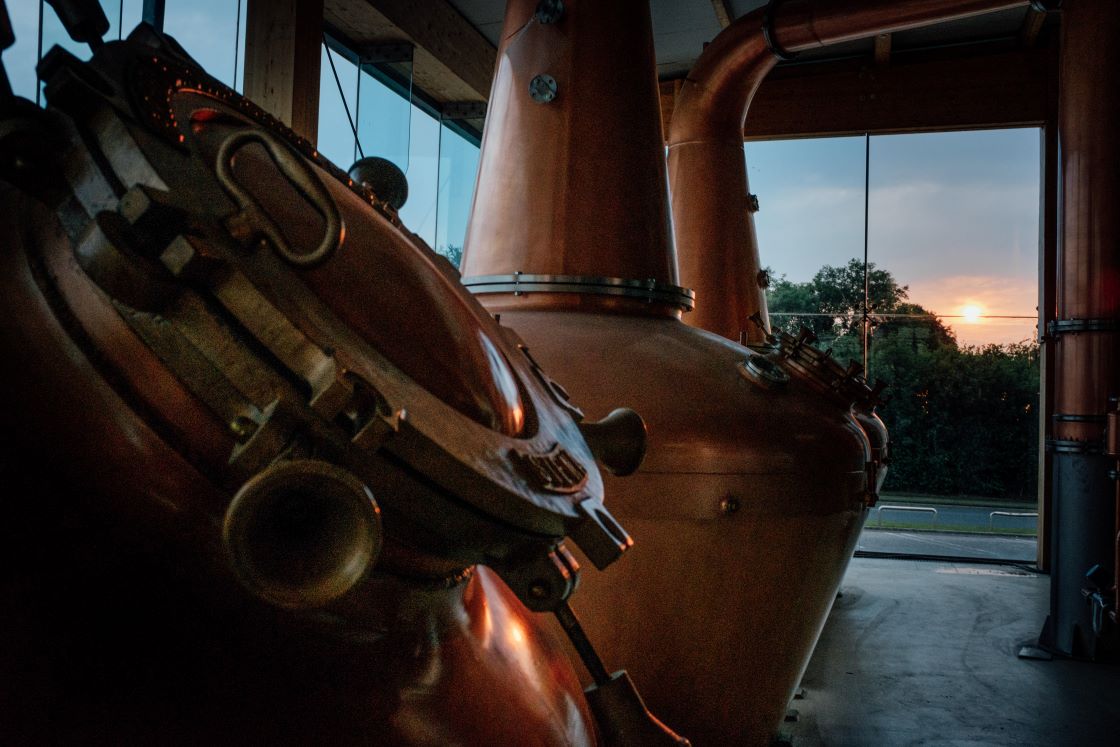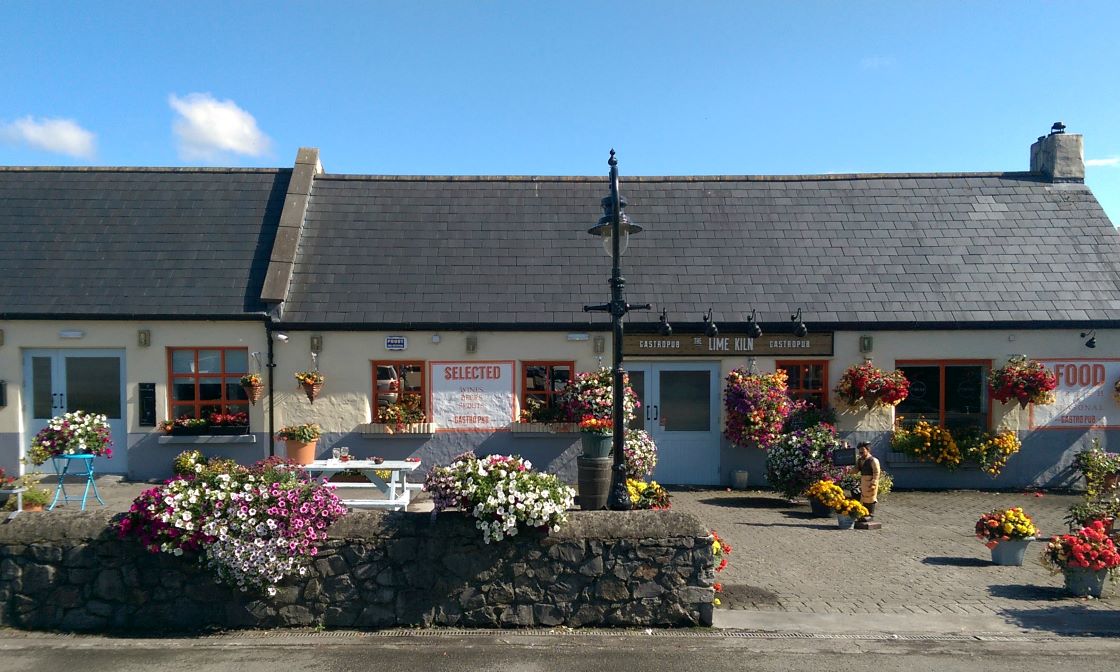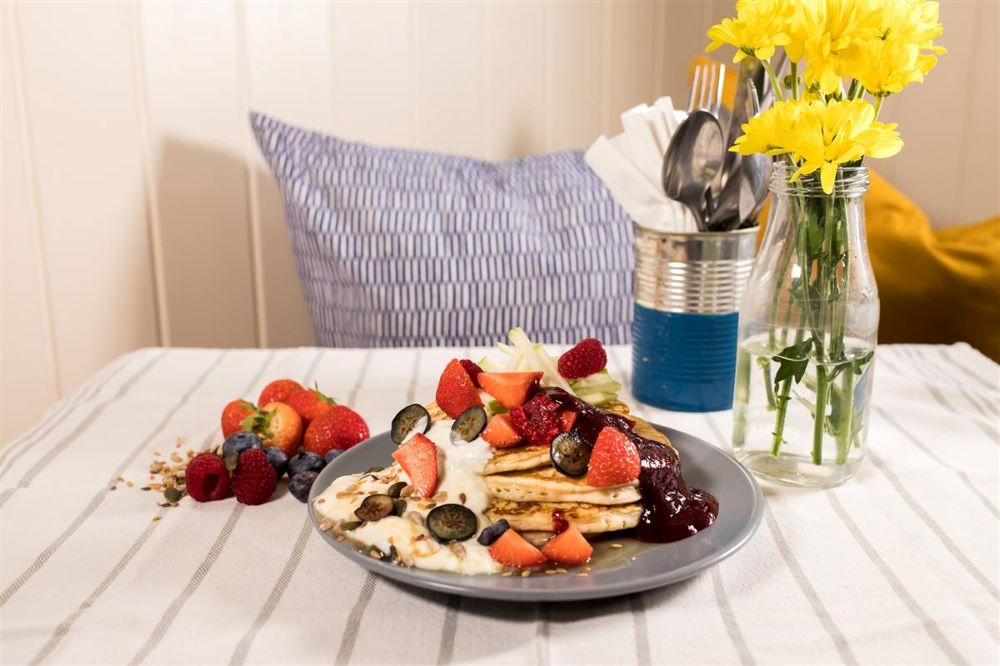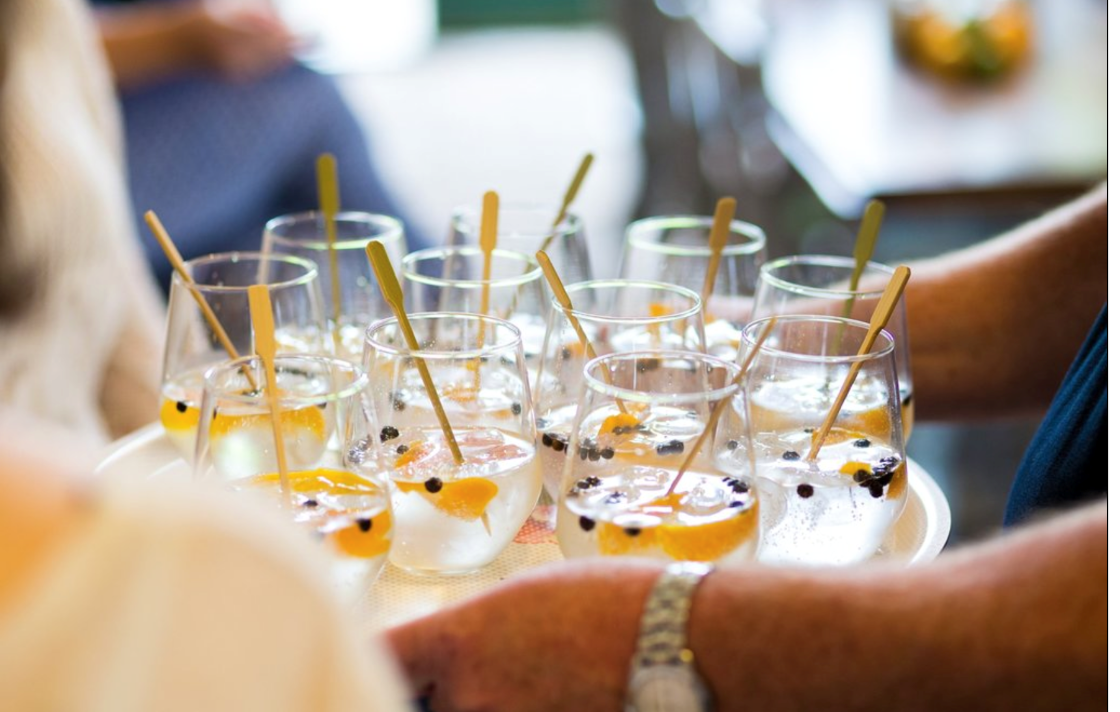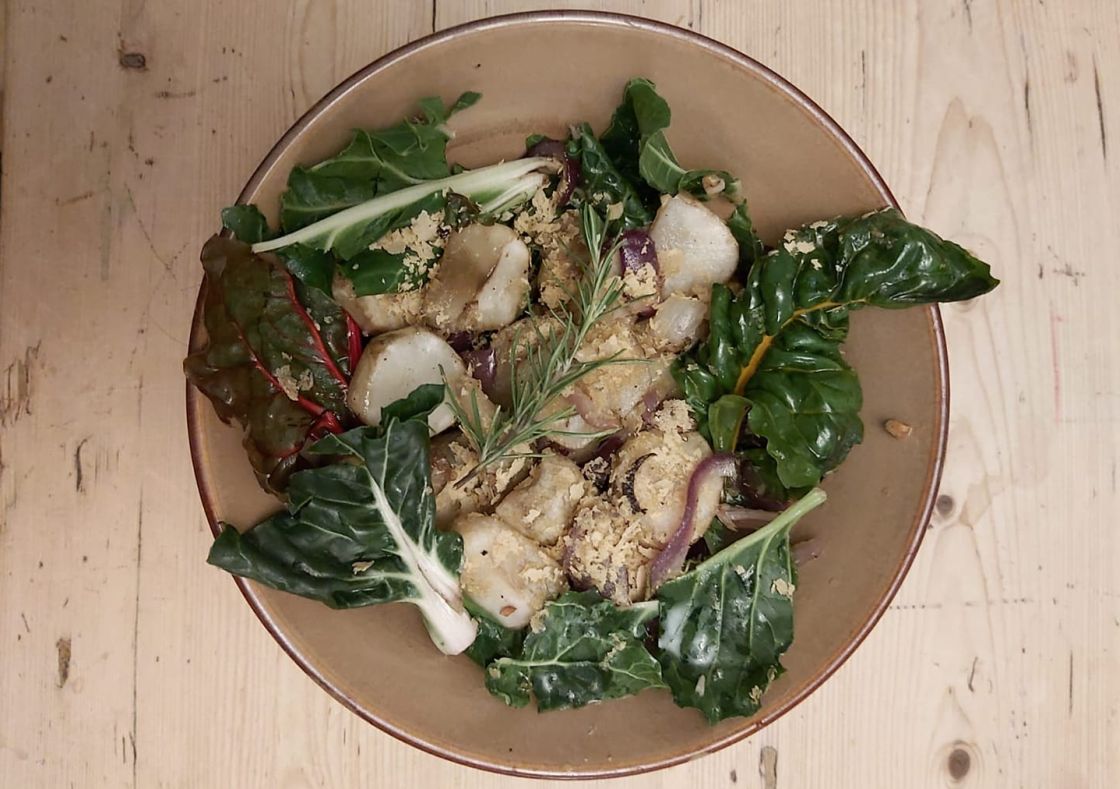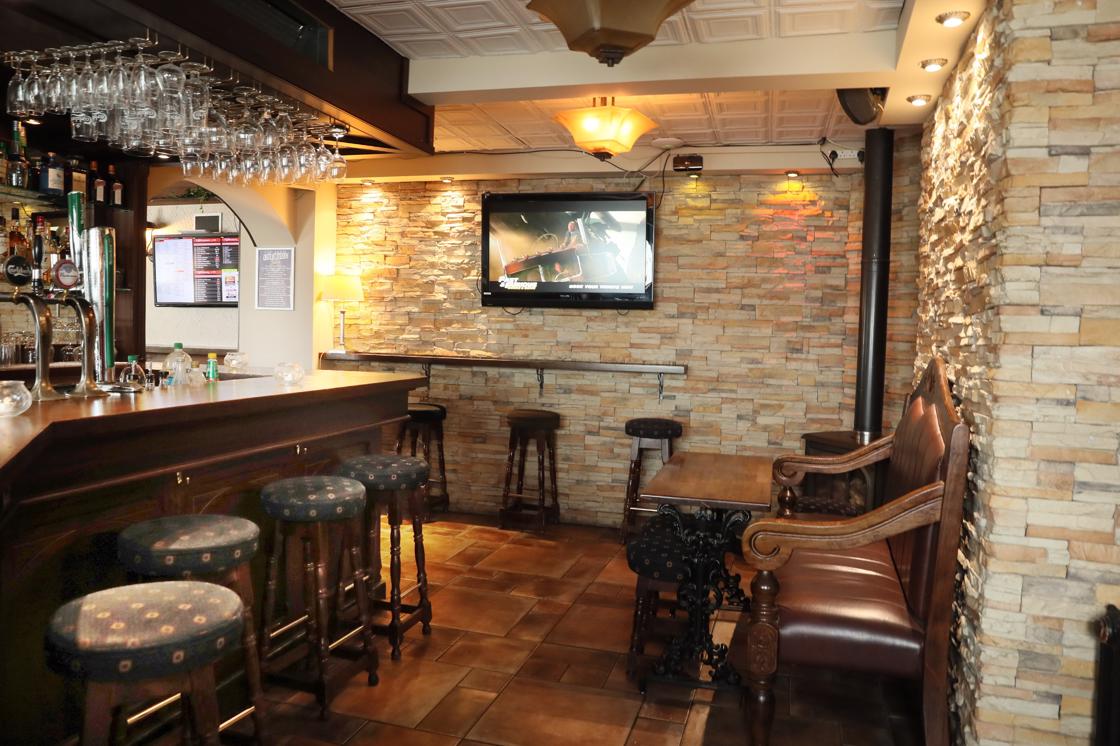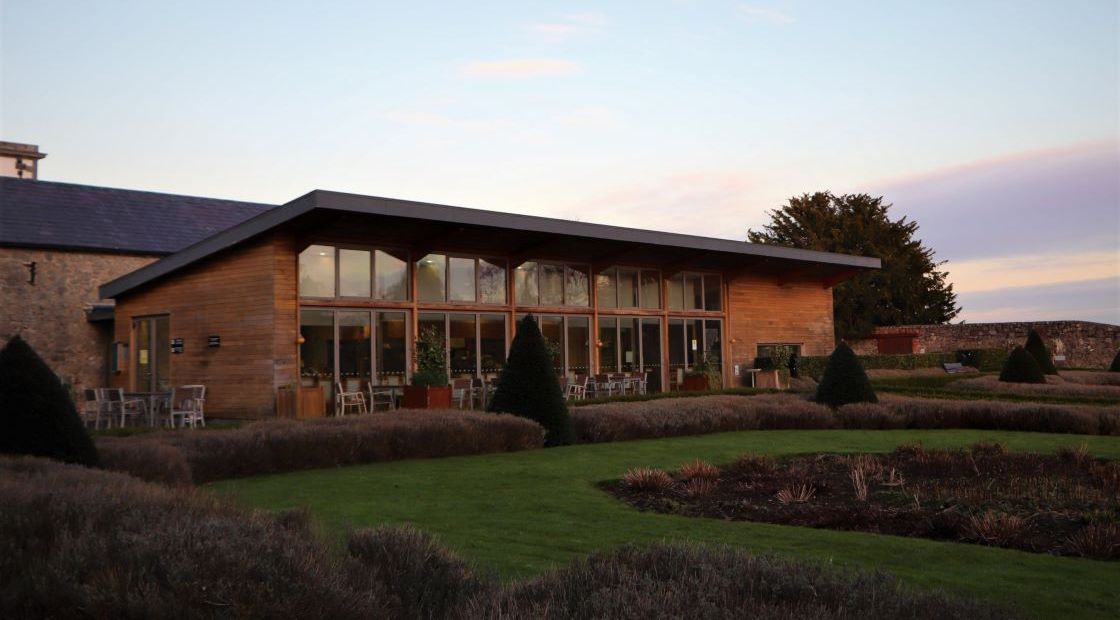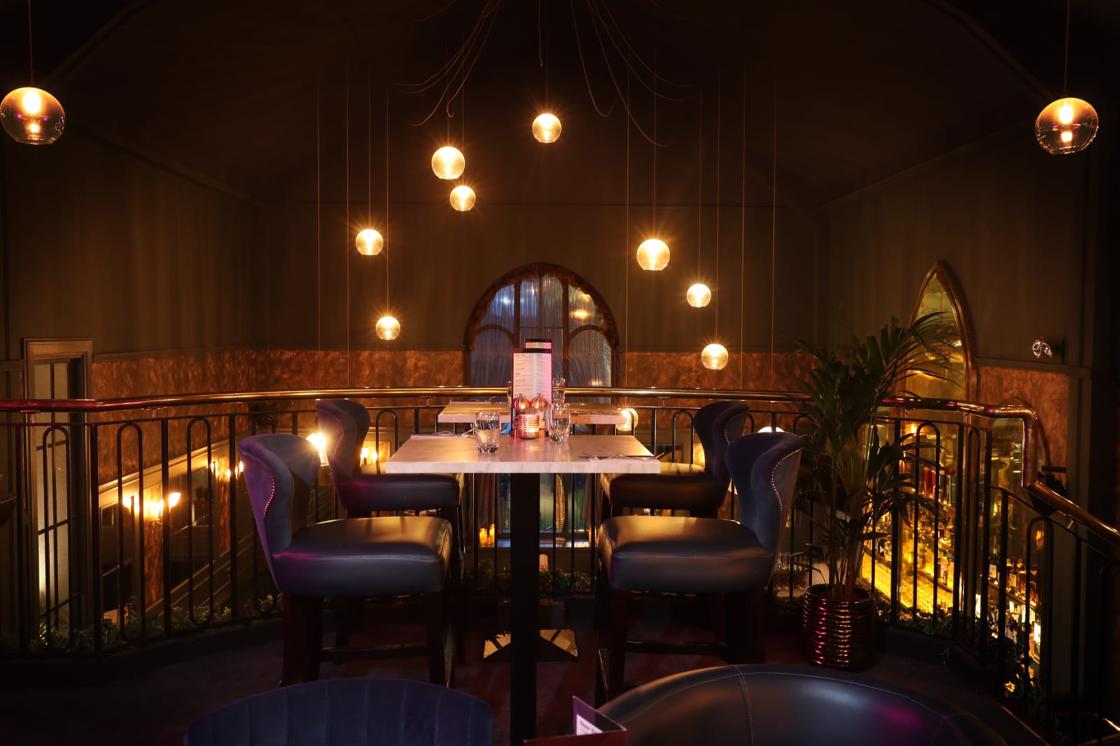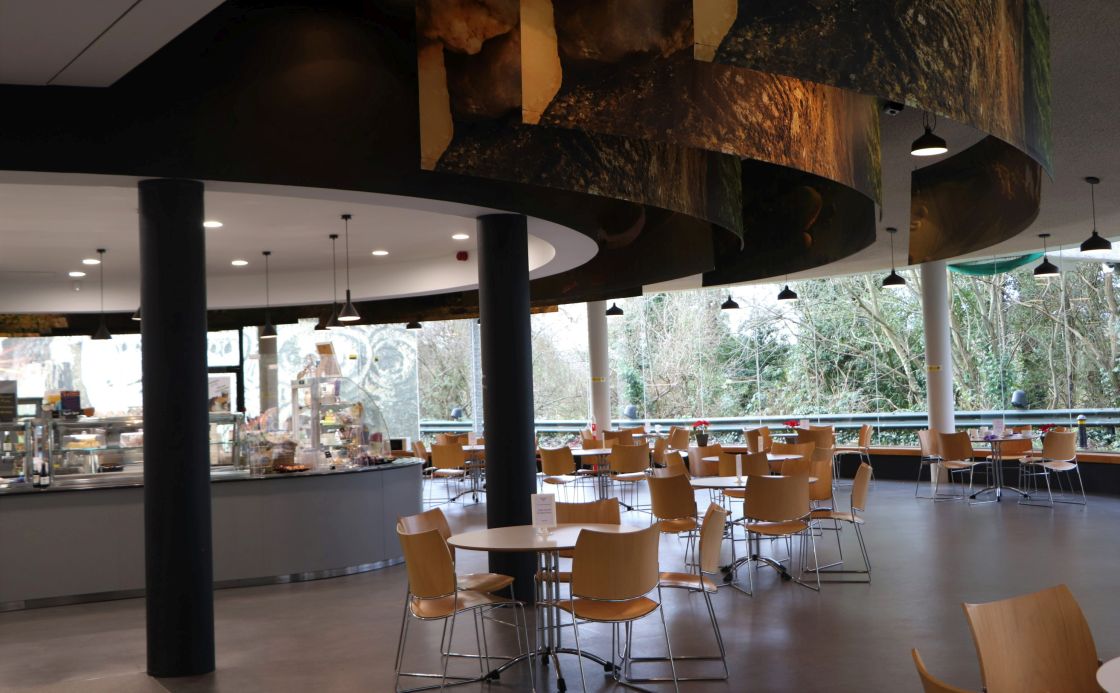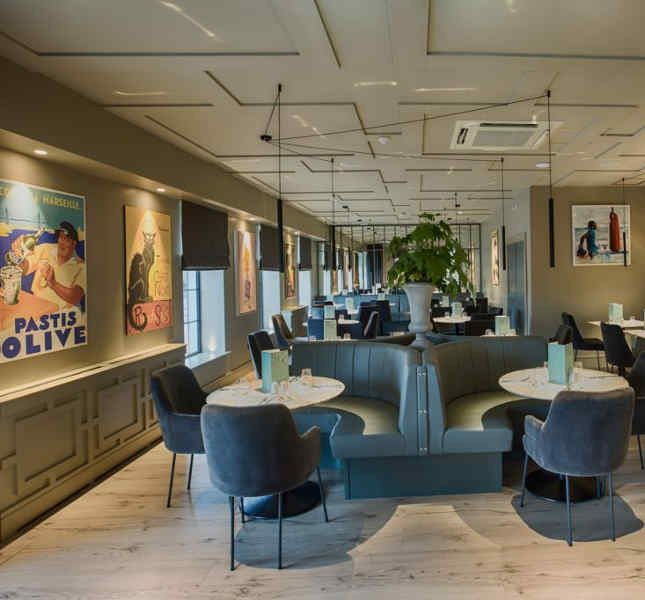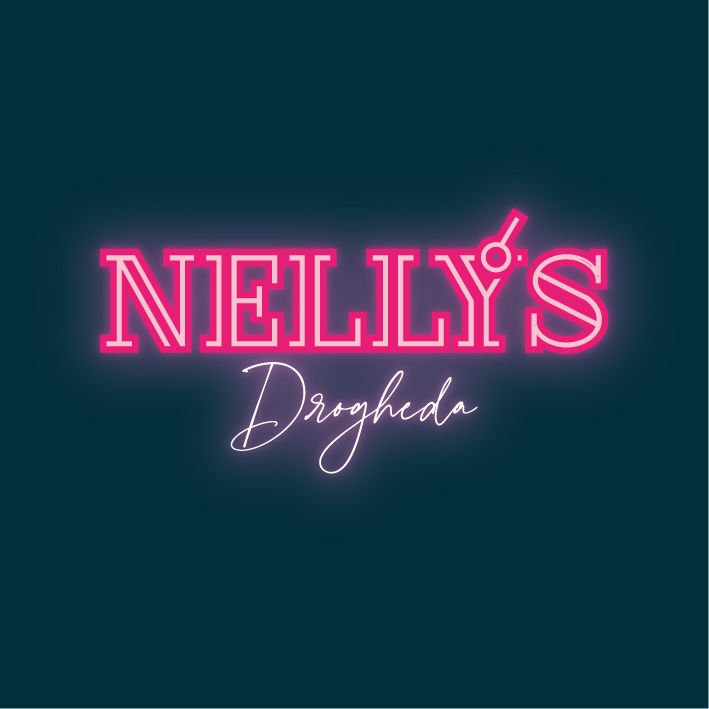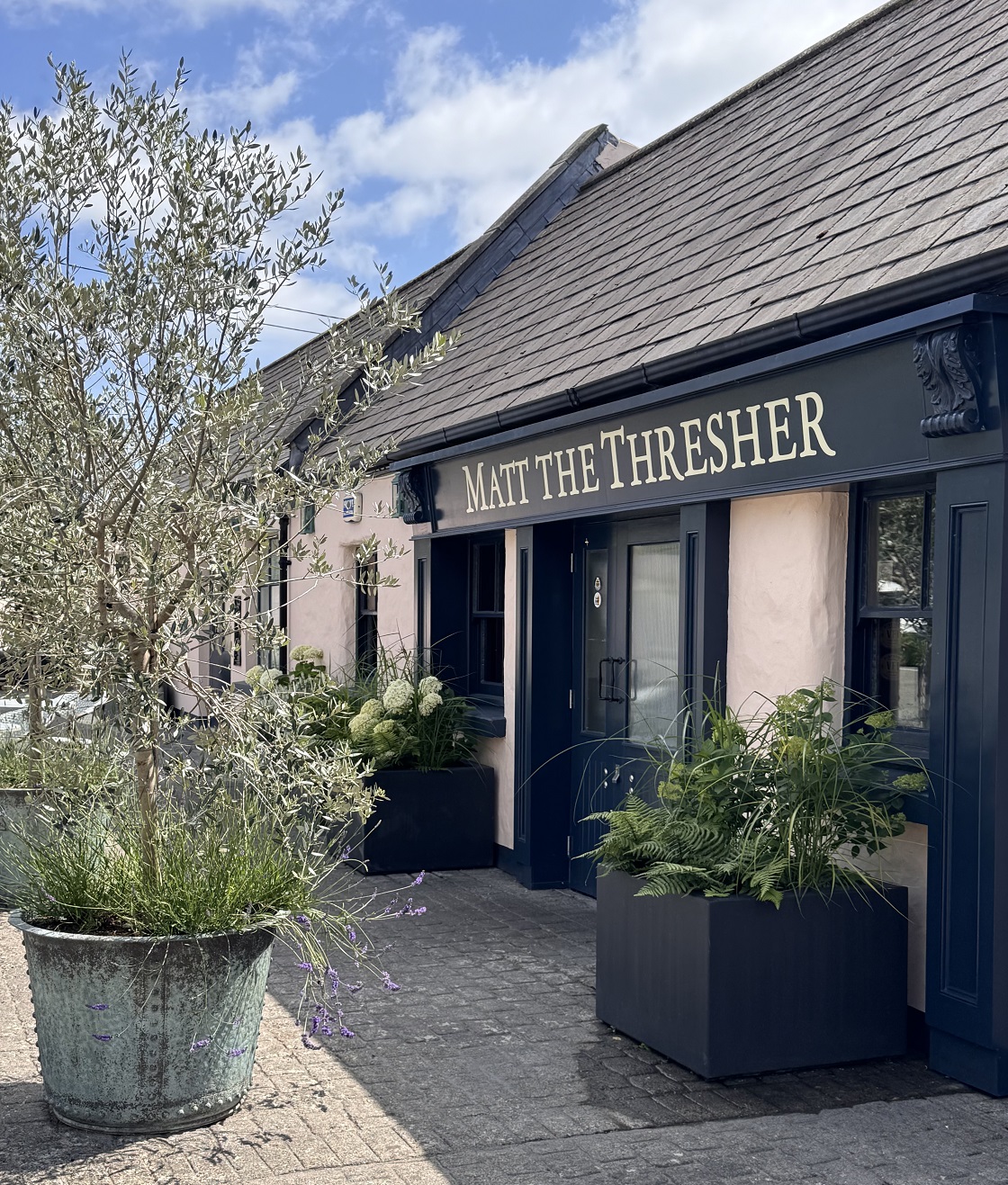Brú na Bóinne is one of the most important prehistoric megalithic sites in Europe drawing thousands of visitors daily. Each of the tombs has their own myths to explore against the beautiful backdrop of the gently meandering River Boyne. You will marvel at the skill of these prehistoric builders The Dinshenchas, from the Book of Leinster (a manuscript from the 12th century) is a very useful source for anyone interested in Irish mythology. This collection of poems tells the origin of place names, events and characters. It recounts the legends behind Brú na Bóinne, the Palace of the Boyne. From the top of any one of the three major passage tombs; Newgrange, Dowth and Knowth, the other two tombs can be seen.
Newgrange; home of Gods
In local lore, Newgrange was the home of Aengus óg and the Daghdha, the gods of the Tuatha Dé Danann. Newgrange is said to be the residence of Aengus óg. He was the son of Daghdha and the river goddess Bóann. In order to disguise their affair Daghdha ordered that the sun stand still for nine months. This meant that Aengus was conceived and born all in the one day hence the name Aengus óg, “Aengus the Young.” Once Aengus learned that he would inherit nothing from his father he used his guile to win Newgrange. He asked Daghdha if he could live in Newgrange for “a day and a night,” and his father agreed. The following day Aengus maintained that “a day and a night” was equal to “all days and all nights.” Daghdha had been tricked and so Aengus became the owner of Newgrange. Irish folklore is wealthy in swan myths, the Children of Lir being the most famous. Aengus and Newgrange are at the centre of another great swan legend. Aengus falls in love with a girl named Caer whom he sees in a dream. He searches all of Ireland for a year to find her but to no avail. When Aengus finally finds her she is chained up with 150 other girls. Aengus is informed that on every other Samhain (November 1) all the girls turn into swans for a year. Aengus is told that if he can identify her as a swan she will be granted to him. Aengus calls out to the swan Caer and goes to her in the lake. Upon placing his hands on her he himself is transformed into a swan. The legend says that they flew together to Brú na Bóinne where they serenaded the dwellers of the tombs with their singing. Indeed, every winter the bend of the Boyne overlooked by Newgrange is home to swans. Perhaps if you're lucky enough you'll hear the song of Aengus and Caer.

Dowth; the place of darkness
The King of Ireland, Bressal is attributed with building Dowth. During a period when a great disease or “murrain” devastated all of Ireland, leaving just seven cows and one bull, Bressal gathered all the men of Ireland together at Brú na Bóinne. He ordered the men to work for one day and build a great tower so that they might reach the heavens and end the plague. Bressal's sister, a powerful sorceress, cast a spell to stop the sun high in the sky. The men were left with an endless day to complete the task. However, the spell was broken when the king, overcome with lust committed incest with his sister. Day became night and the men returned to their homes leaving behind the place of “Darkness” or Dowth.
Knowth; the hag goddess Buí
The original Irish name for Knowth is Cnogba. This is the equivalent of Cnoc Buí or Hill of Buí. Folklorists believe that Knowth was built over the moon goddess Buí who is credited with forming the Cairns at Loughcrew.

Latitude
53.70190941976959
Longitude
-6.455938299203312




